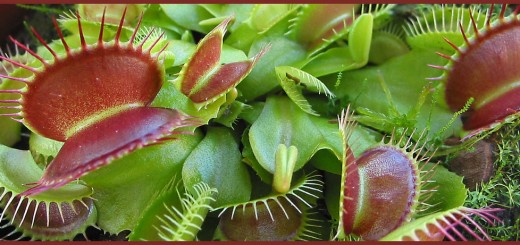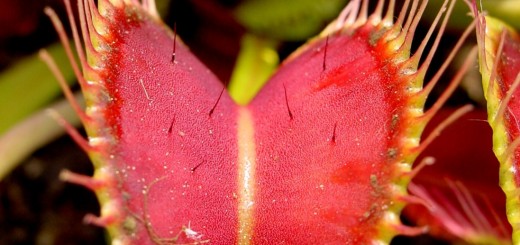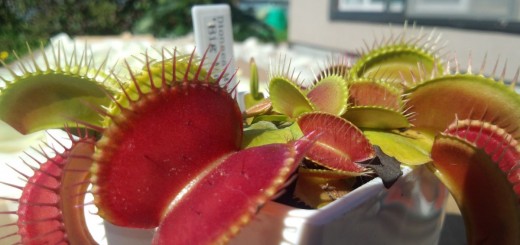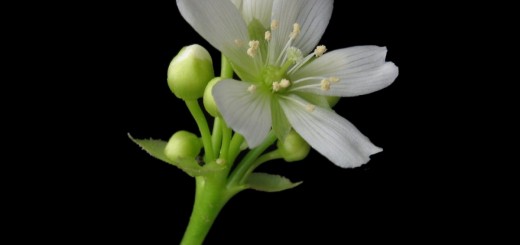A History of Dionaea muscipula
Dionaea muscipula, more commonly known as the Venus flytrap, did not originate as the carnivorous beast we are all familiar with today. Rather, D. muscipula began as a simple, sticky leafed plant, the sticky leafs acting as a fly paper of sorts. Through the course of time, it began to evolve into the far more lethal contraption. Trigger hairs, sweet smelling dew, and teeth, evolved through adaptation over time that Charles Darwin himself was fascinated by. He described the Venus Flytrap as “one of the most wonderful plants in the world.”
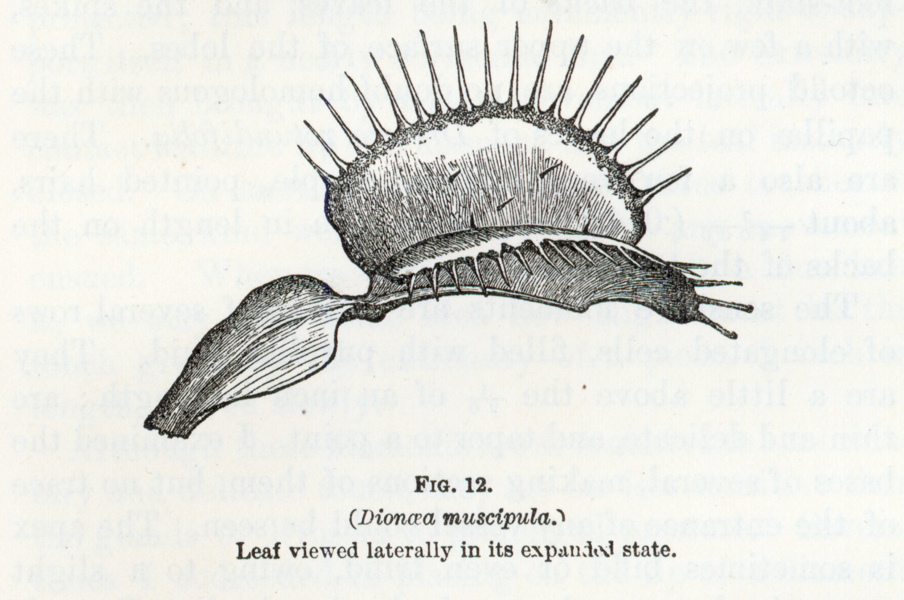
An illustration of Dionaea muscupula by Charles Darwin
Having evolved such intricate carnivorous traits, one would think “it must need to feed on insects to survive.” This is a valid thought, as why would a plant produce such mechanisms when not necessary to survive? Would this not just be a massive waste of energy? The fact of the matter is: the Venus flytrap is photosynthetic. It is entirely capable of survival without feeding on insects. This begs the question: why produce the excess anatomy if it is not necessary?
The answer is simple. The Venus flytrap evolved in soil lacking the nutrients necessary for survival. To compensate for the lack of nutrients, this carnivorous plant evolved to access food in a different way, becoming the plant many are fascinated by today. Although the origin of the plant D. muscipula evolved from is unknown, the evolution process is believed to be as follows: it first adapted to move its tentacles and leaves in selected directions in order to maximize the chances of obtaining prey.The speed of which it detected and responded to its prey was then adapted. A selectiveness of which it would open and close upon was then evolved, as to not waste energy on something it may gain no nutrients from. Finally, it evolved the features we are all oh so familiar with today, the carnivorous traps necessary for keeping prey captive.
The adaptations underwent by D. muscipula is an extraordinary work of evolution. It has given us insight of the remarkable capabilities of these organisms and of a possible future of new adaptations yet to come.
Sources:
“The Mysterious Venus Flytrap.” The Mysterious Venus Flytrap. N.p., n.d. Web. 23 May 2016.
Walker, Matt. “BBC – Earth News – Venus Flytrap Origins Uncovered.”BBC News. BBC, 20 July 2009. Web. 23 May 2016.

